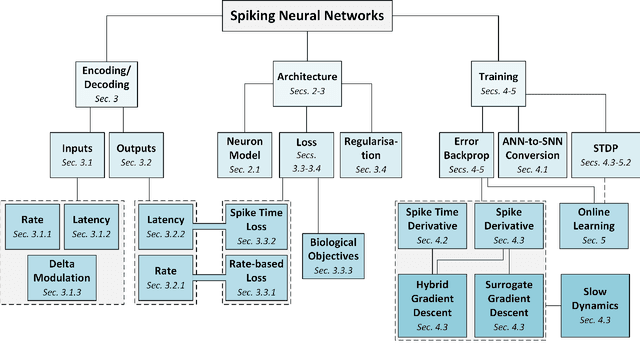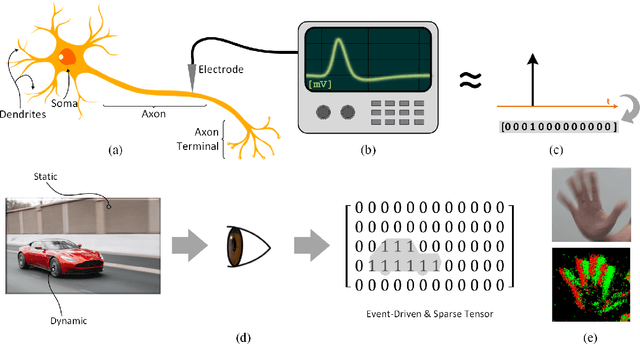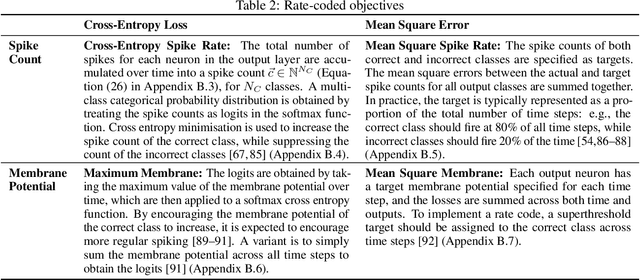Max Ward
Differentiable Folding for Nearest Neighbor Model Optimization
Mar 12, 2025Abstract:The Nearest Neighbor model is the $\textit{de facto}$ thermodynamic model of RNA secondary structure formation and is a cornerstone of RNA structure prediction and sequence design. The current functional form (Turner 2004) contains $\approx13,000$ underlying thermodynamic parameters, and fitting these to both experimental and structural data is computationally challenging. Here, we leverage recent advances in $\textit{differentiable folding}$, a method for directly computing gradients of the RNA folding algorithms, to devise an efficient, scalable, and flexible means of parameter optimization that uses known RNA structures and thermodynamic experiments. Our method yields a significantly improved parameter set that outperforms existing baselines on all metrics, including an increase in the average predicted probability of ground-truth sequence-structure pairs for a single RNA family by over 23 orders of magnitude. Our framework provides a path towards drastically improved RNA models, enabling the flexible incorporation of new experimental data, definition of novel loss terms, large training sets, and even treatment as a module in larger deep learning pipelines. We make available a new database, RNAometer, with experimentally-determined stabilities for small RNA model systems.
Defending Active Directory by Combining Neural Network based Dynamic Program and Evolutionary Diversity Optimisation
Apr 08, 2022



Abstract:Active Directory (AD) is the default security management system for Windows domain networks. We study a Stackelberg game model between one attacker and one defender on an AD attack graph. The attacker initially has access to a set of entry nodes. The attacker can expand this set by strategically exploring edges. Every edge has a detection rate and a failure rate. The attacker aims to maximize their chance of successfully reaching the destination before getting detected. The defender's task is to block a constant number of edges to decrease the attacker's chance of success. We show that the problem is #P-hard and, therefore, intractable to solve exactly. We convert the attacker's problem to an exponential sized Dynamic Program that is approximated by a Neural Network (NN). Once trained, the NN provides an efficient fitness function for the defender's Evolutionary Diversity Optimisation (EDO). The diversity emphasis on the defender's solution provides a diverse set of training samples, which improves the training accuracy of our NN for modelling the attacker. We go back and forth between NN training and EDO. Experimental results show that for R500 graph, our proposed EDO based defense is less than 1% away from the optimal defense.
Training Spiking Neural Networks Using Lessons From Deep Learning
Oct 01, 2021



Abstract:The brain is the perfect place to look for inspiration to develop more efficient neural networks. The inner workings of our synapses and neurons provide a glimpse at what the future of deep learning might look like. This paper serves as a tutorial and perspective showing how to apply the lessons learnt from several decades of research in deep learning, gradient descent, backpropagation and neuroscience to biologically plausible spiking neural neural networks. We also explore the delicate interplay between encoding data as spikes and the learning process; the challenges and solutions of applying gradient-based learning to spiking neural networks; the subtle link between temporal backpropagation and spike timing dependent plasticity, and how deep learning might move towards biologically plausible online learning. Some ideas are well accepted and commonly used amongst the neuromorphic engineering community, while others are presented or justified for the first time here. A series of companion interactive tutorials complementary to this paper using our Python package, snnTorch, are also made available: https://snntorch.readthedocs.io/en/latest/tutorials/index.html
 Add to Chrome
Add to Chrome Add to Firefox
Add to Firefox Add to Edge
Add to Edge